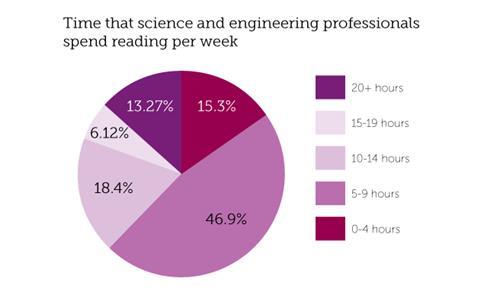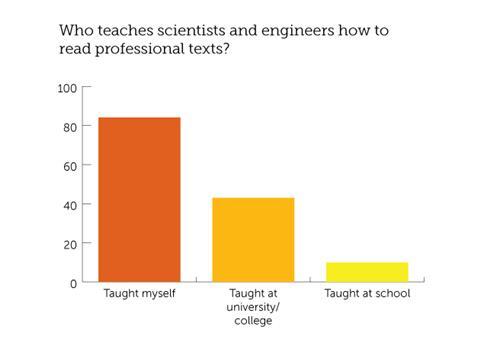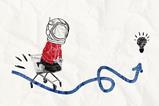Ben Rogers asks: do students need to be taught to read scientific texts?

Angel is the best science student I let fall behind. I taught her from year 7 until year 10. From the first lesson, she shone; her questions were sharp and her answers were excellent. She spotted every mistake I made and brought me interesting ideas and problems she had thought up. She loved chemistry. I sent her to chemistry summer schools. I sent her to competitions. She should have excelled in science, but she didn’t.
The problem was that Angel wouldn’t read anything. She wouldn’t read her notes. She wouldn’t do any homework if it involved reading. She wouldn’t read exam questions properly. And I didn’t teach her how to. Angel did well in her English lessons. I assumed reading science was the same as reading English. It isn’t. Angel dropped sciences at A-level.
Surverying science reading
I taught secondary school science for 18 years before becoming a primary school teacher. Then, I used to think about science. Now I think about reading, and particularly reading in science as it is an important professional skill. In light of this, back in 2015, I created a survey for scientists and engineers to find out about their reading habits and how they learned to read. Thanks to Twitter and support from @RSC_EiC, 100 scientists and engineers responded to my questions. I asked them:
- How much do you read for work?
- Why do you read for work?
- How did you learn the strategies for reading science texts effectively?

Those who responded to the survey read a lot. Almost 85% of them read professional texts for more than five hours per week and 20% of them read for more than 15 hours per week.

One of the main conclusions from the survey is that professional scientists and engineers teach themselves to read subject texts, at least until college (only 10% of the professionals who responded to the survey were taught to read science texts at school, 84% said they taught themselves). For students like Angel, college is too late. As a science teacher who has seen talented students fail to reach their potential, I am convinced that the ability to read technical texts is key to success in the sciences.

Two ways to get students reading science
These two reading comprehension strategies make the most difference to reading comprehension:
- Questioning the text: asking questions about the text as you read it and
- Rephrasing what you’ve just read: taking what you have read and rewording it. I usually start the sentence, ‘In other words …’
The Education Endowment Foundation’s Reading Comprehension Strategies is also useful reading.
The Education Endowment Foundation’s Reading Comprehension Strategies is also useful reading: bit.ly/3gqBzsq.
Practising these two strategies will have an impact, but will only get you so far. Your students also need to build their vocabularies. Science teachers are good at teaching scientific concepts, but they don’t always spend enough time practising. Regular quizzing has been shown to have a powerful effect on remembering vocabulary. Don’t just practise using the definition. Learners need to practise seeing and using technical vocabulary in context.
One often forgotten element of disciplinary literacy is talk. Provide opportunities for students to discuss, explain and argue about what they have read. Encourage them to use appropriate language by modelling and providing sentence starters. For example:
- I agree/disagree with you because …
- The results show …
- On the other hand ….
Scientists are very skilled readers of scientific texts, spending considerable amounts of work time reading. But most say they weren’t taught to read scientific texts in school. Make sure you show your students the power of reading scientific texts in class and remove a barrier to learning.
This article was updated to reflect more recent developments. It was originally published 8 September 2015.
Ben Rogers














No comments yet